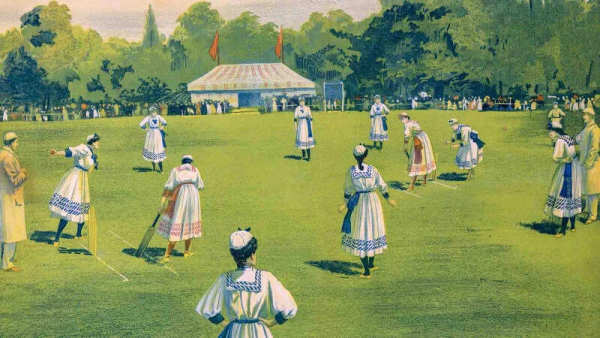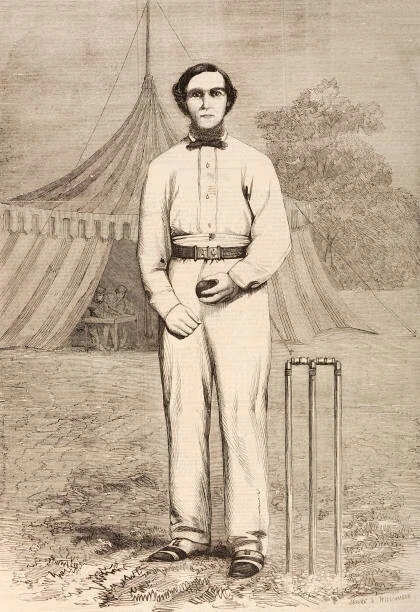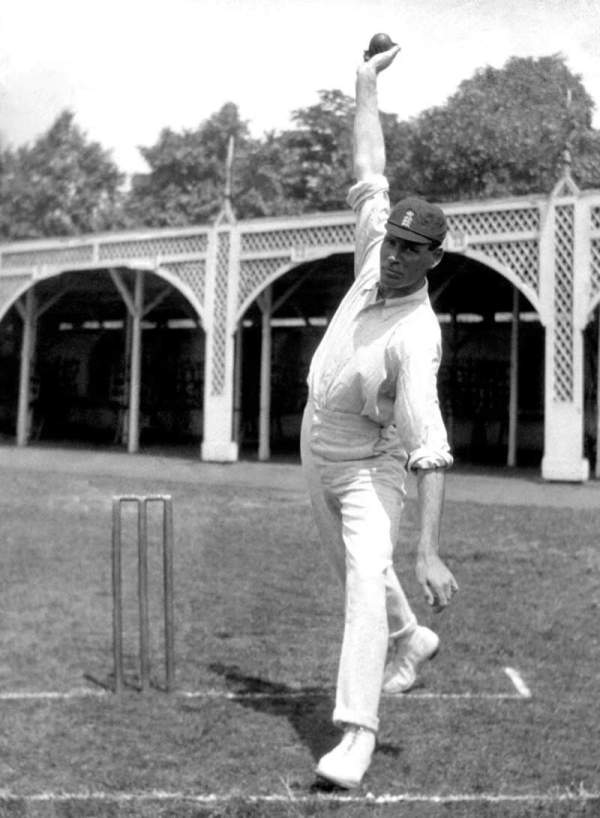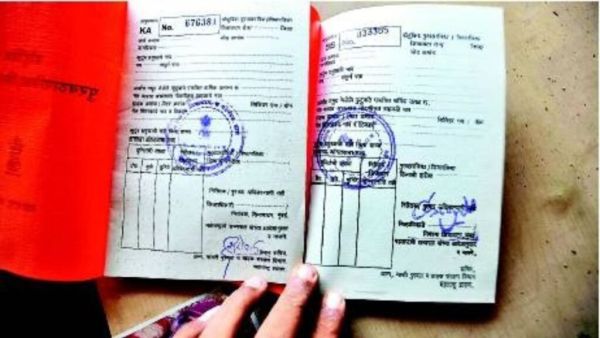In the early days of cricket, bowlers utilized an underarm technique that may sound slow, but it was quite effective. Historian John Nyren noted the impressive speed of David Harris's underarm deliveries in the 1780s, which left him puzzled about how such velocity was achieved with this method. Clearly, underarm bowling was not synonymous with ineffectiveness.
The Emergence of Roundarm Bowling Roundarm: A Game-Changer Born Out of Skirts?
 Image Source: Lord's (Only for understanding purpose)
Image Source: Lord's (Only for understanding purpose)
As the 1800s rolled in, roundarm bowling began to gain traction, allegedly inspired by Christina Willes. It is said that her long skirts made underarm bowling uncomfortable, prompting her to adapt her technique. However, many historians now view this tale as more myth than fact.
John Willes, Christina's brother, attempted roundarm bowling during a match at Lord's in 1822 but was no-balled for it. Frustrated, he left the field on horseback, vowing never to play again.
Transitioning to Overarm Bowling The Shift to Overarm
 Image Source: Getty Images
Image Source: Getty Images
By the 1860s, roundarm bowling had become standard, but bowlers began to experiment by raising their hands above shoulder level, edging closer to what we recognize as modern bowling. In 1862, during a match between England and Surrey at The Oval, Edgar Willsher was no-balled for overarm bowling. Indignant, he left the field, but the next day, with a different umpire, overarm bowling began to take hold.
1864: The Birth of Modern Bowling 1864: The Birth of Modern Bowling
 Image Source: PA Photos
Image Source: PA Photos
In 1864, overarm bowling was officially legalized, marking a pivotal moment in cricket history. This change is widely recognized as the beginning of modern cricket, setting the stage for the game we know today.
Over the years, cricket has seen many formidable bowlers, including Lasith Malinga, known for his precise yorkers, and Dale Steyn, celebrated for his swing and accuracy. However, it is essential to acknowledge that the transition to overarm bowling was significantly influenced by a woman in the sport's early history.









